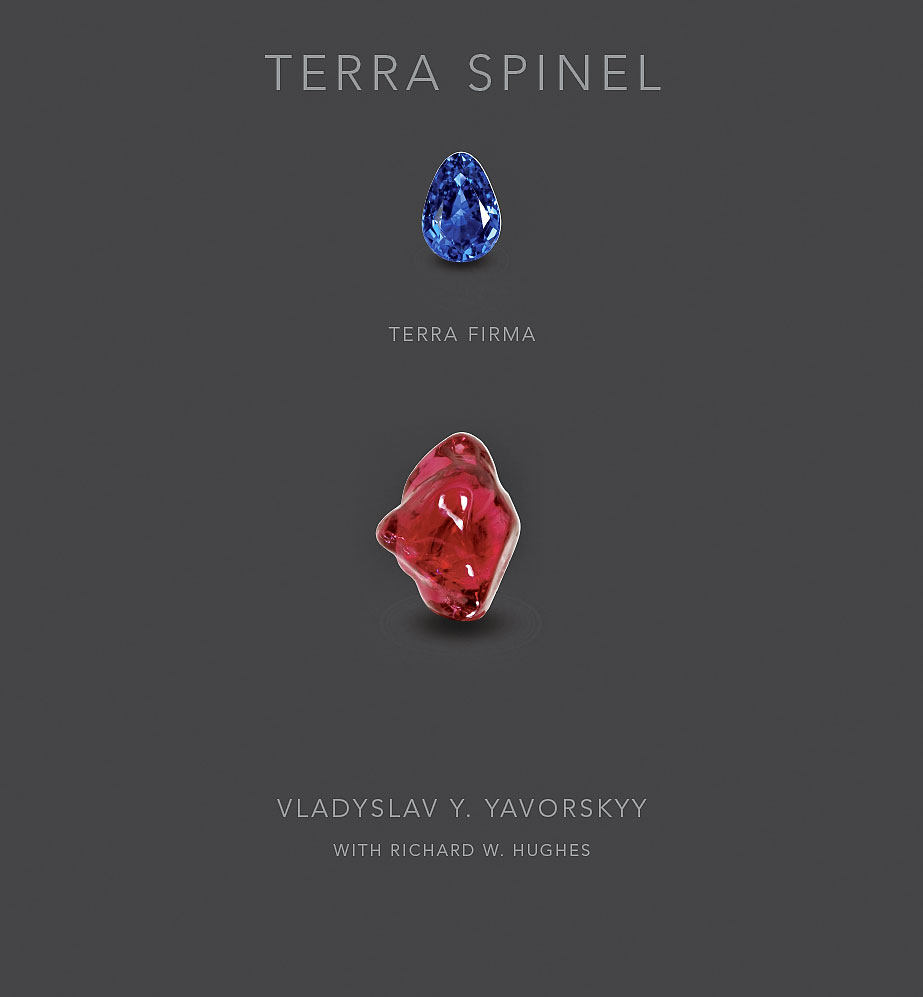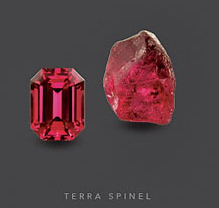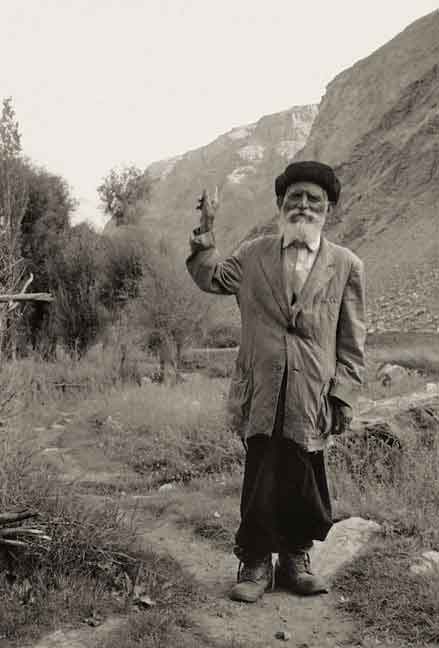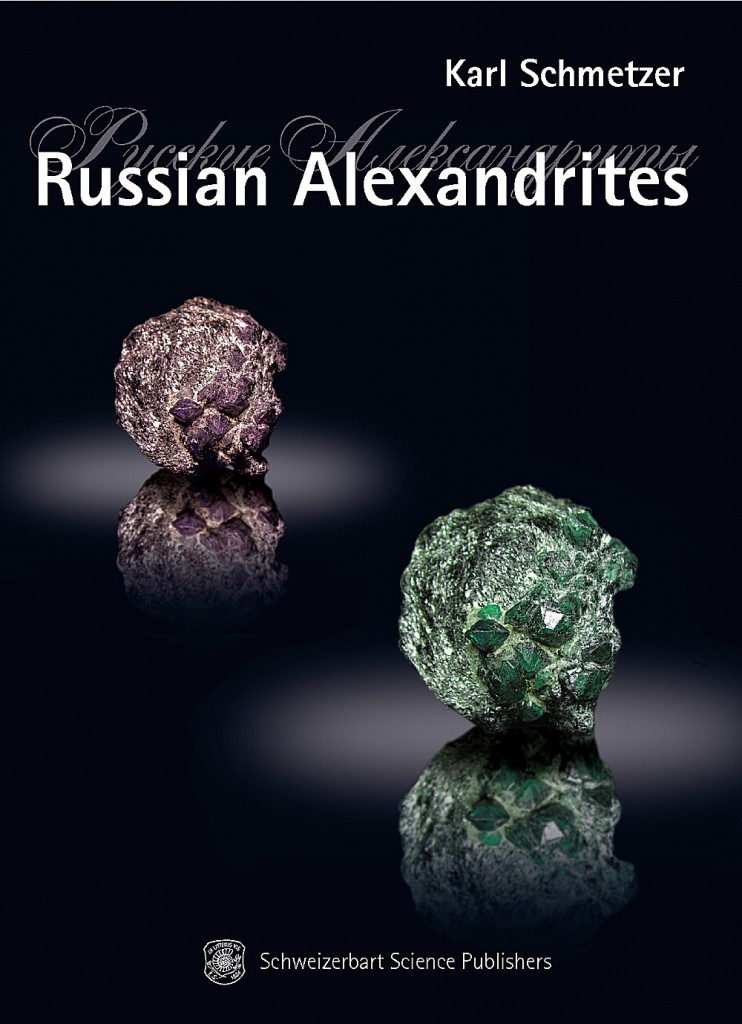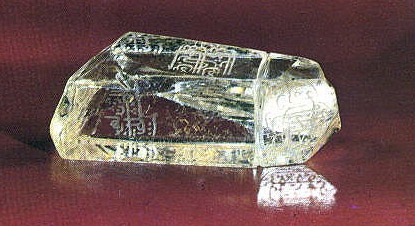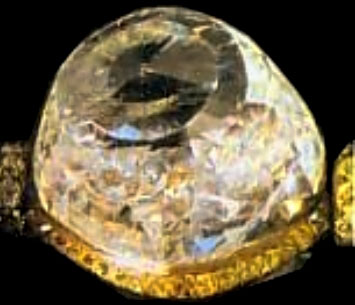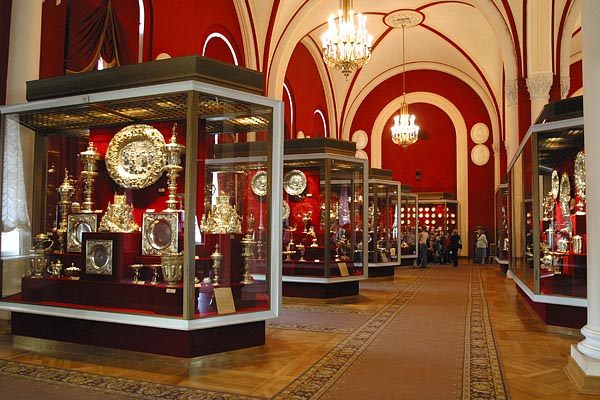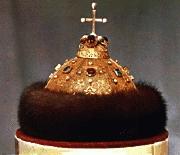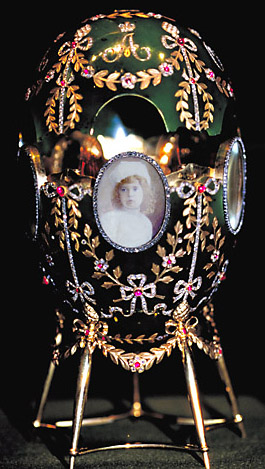by Richard W. Wise G.G.
©2011
Tucson Gem Shows; A Brief Roundup:
Early Saturday morning, Rebekah and I woke from a deep sleep and reluctantly dragged ourselves to the Tucson International Airport. Our two weeks at the annual gem-orgy was over, goodbye blue skies, hello ice and snow. The Berkshires may look “dreamlike on account of that frosting” (James Taylor) but we are, quite frankly, over it! The icicles on our roof are four feet long!
Tucson was quite productive this year. The recession appears to be on the wane. Attendance was up and most vendors were quite pleased, with sales as much as 50% above last year’s—though in some cases, that’s not saying much! Prices in most gem varieties were strong with vendors unwilling to discount. Big auction prices realized by exceptional rubies and sapphires appear to be putting some upward pressure on smaller, finer goods.
Book Review: Terra Spinel:
Yavorskyy, Vladyslav and Hughes, Richard W., Terra Spinel, 2010 Privately Published and Printed in Hong Kong. Full Color, 200 pages; 240 x 260 mm ISBN: 978-0-615-40901-6
Though this is hardly news, in the past three years, spinel prices have doubled, particularly for finer qualities of red, pink and Cobalt blue varieties. Spinel has a long and illustrious history in the gem world, but it languished and traded in an indifferent market through most of the past century. Perhaps this is due to the fact that colorless spinel was used as a diamond substitute in the 19th Century and the bad odor of “simulant” clung to the stone for much of the 20th. This also explains why there has never been a comprehensive book written on spinel. For those looking for such a volume, Terra Spinel is not it.
Terra Spinel, a large format coffee table sized portfolio (9.75 x 10.25″), designed, edited and written with the help of Richard W. Hughes, author of the seminal Ruby & Sapphire, is a picture book, but what pictures! Both Hughes and Yavorskyy are great photographers. My wife and I look forward each year to receiving Yavorskyy’s annual photo-calendar (not available this year due to the cost of producing the book). Vlad’s photographs burrow down and capture the gritty, often humorous and at times profound everyday realities of the remote regions he visits in search of gemstones. Like the dustjacket pictured above, the book is printed on a medium-dark gray background which makes the images really pop.
Beginning with the magnificent 110 carat polished red spinel rough pictured on the cover, the book chronicles some of the fine gemstones Yavorskyy has sourced over the years. Each page, even those with full page images of mines, villages and temples, and these are the majority, includes an example of a beautiful gemstone often juxtaposing rough and polished images of the same gem. Most of these images are labeled with the weight, at least, of the cut version, but many are not. Unfortunately this is also true of the final section entitled Spinel by the Book, which is essentially a seven page thumbnail sketch of the entire collection. Given its importance, a list of sizes would have been very useful.
Hughes does begin with a brief but informative history of both the gem and its ancient names– spinel, balas ruby and lal. Brief biographies and large images of three of the world’s most famous spinels; Timur’s, The Black Prince’s and Catherine the Great’s rubies, are also provided. Having recently visited the Imperial Collections in Moscow and St. Petersburg (October), I can attest to the fact that the color renderings of these important gems are the best available. There are full color maps of both the major historical and current mining areas. The book also contains a helpful two page bibliography.
Terra Spinel is a beautifully designed and sumptuously produced hardcover. The book is swathed in black cloth and wrapped in a thick chrome-coat dustjacket. The title and authors’ names and blind stamped in embossed silver on both front cover and spine. A color panorama begins on the inside front cover (endpaper) and extends to the endsheet; ditto inside the back cover. These are all expensive extras which more than justify its $95.00 price. Unfortunately shipping from Bangkok will cost another $65.00 bringing the total to $160.00. The book may be ordered directly from the website. For those traveling, the book will be available at the Hong Kong International Jewellery Show: 4–8 March 2011. Grand Hall, Booth G09; Baselworld: 24–31 March 2011. Booth C30, Hall 3.1.

